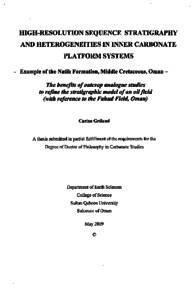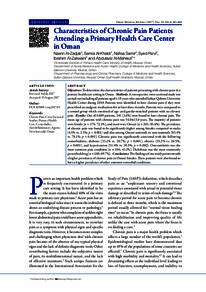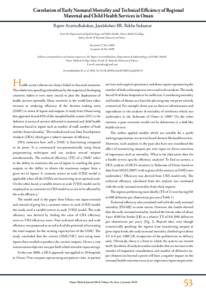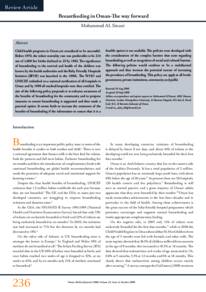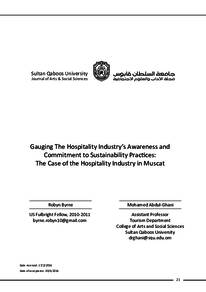Document
Microbial enhanced oil recovery and its potential for application in some Omani oil fields
Publisher
Sultan Qaboos University
Gregorian
2012
Language
English
Subject
English abstract
The complexity of reservoir rock and fluid properties in Oman led the operating companies to consider different technologies such as thermal and chemical methods to enhance oil recovery. Microbial Enhanced Oil Recovery (MEOR) is one of the proposed technologies that can potentially be implemented as an effective alternative for enhancing oil recovery. This research study investigates experimentally the potential of MEOR applications in some Omani oil fields using Bacillus strains isolated from oil contaminated soil samples in local garages and an Omani oil field. This was achieved by screening and media optimization of the bacteria for biosurfactant, biopolymer and biomass production and investigating their different mechanisms for enhancing oil recovery from original rock and fluid samples. A Bacillus subtilis strain W19 was found to produce biosurfactant that gave the maximum interfacial tension (IFT) reduction (from 46.6 to 3.28 mN/m) when grown in a minimal production medium containing glucose. The optimum incubation time was found to be 16 hours at 40°C where the minimum IFT value was reached The biosurfactant was extracted and thoroughly studied for its potential in enhancing oil recovery. The yield of the biosurfactant was 2.5g/l with critical micelle concentration (cmc) of 0.25 gl. It was characterized by FT-IR and different mass spectrometry (MS) analysis where it was found to have similar structure to standard surfactin. The biosurfactant was found to be stable over a wide range of temperature, salinity and pH values. A total of 23% of residual oil was produced in coreflooding experiments. The enhancement in residual oil recovery increased to upto 50% when the biosurfactant was mixed with specific chemical surfactants at specific ratios. The ability of the biosurfactant to alter the wettability of rocks and surfaces was studied and confirmed by different approaches which could be one of the mechanisms for enhancing oil recovery. Tendency of loss of the biosurfactant due to adsorption was tested and it was found that the maximum loss was comparable to the chemical surfactants values. It was concluded based on the experimental results that there is a high potential of applying the MEOR technology in some Omani oil fields by the biosurfactant produced by B. subtilis strain W19 where production scale-up and pilot test are recommended to better evaluate its applicability in the field scale. The Bacillus strains were also screened for biopolymer production using four reported media with different carbon sources and concentrations of each. It was found that none of the strains showed noticeable increase in the broth viscosity where most of the viscosity values ranged within the average viscosity value of water. It was thus concluded that further investigations with other media and carbon sources are required in addition to new isolations to screen for biopolymer producing microbes. Selective plugging by microbial biomass was also investigated where the isolates were tested for their ability to grow in induced fractures in carbonate rocks and to divert subsequent injection water to the un-swept matrix zones. Nitrogen and carbon sources were optimized for maximum growth and Scanning Electron Microscopy was used to prove the growth of the microbial cells in the fracture. Coreflooding experiments showed promising results where 27-30% of the residual oil was produced after 10-12 hours of incubation. This shows the high potential of using microbial biomass for selective plugging in fractured reservoirs.
Member of
Resource URL
Same Subject
